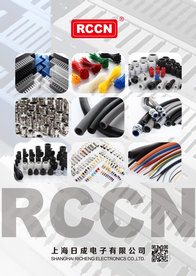Americans Who Know Support Smart Grid
Consumers are ready to embrace the smart grid, says wire duct GE, and particularly time-of-use pricing models (75 percent of those familiar with smart grid), if it helps them save money. However, some consumers (32 percent) recognize that it will take cable duct some time to get time-of-use pricing set up. Even then, 31 percent believe that there is still some education needed to help their friends, family and colleagues get on board with smart grid’s benefits.
Time-of-use is a key smart grid component as it helps manage cable trunking electrical power demand at peak periods such as late afternoons: when residential A/C and heating systems kick in as workers, students and families return home. Many brownouts and blackouts occur then from energy demand spikes. The thinking is this: placing a pricing premium ducting encourages cable trunking less electrical power use to help grids cope while providing revenues to utilities so that they can purchase supply at albeit high prices or by investing in short-run capacity such as gas-turbine generators or pumped hydroelectric storage.
Time-of-use pricing is not a new concept to consumers, reports GE. Similar to how they are billed for cellular services, time-based pricing is a special case of price discrimination ducting in which producers charge different rates for a given good or service depending on the time, day, month, etc. Time-of-use pricing, specifically, is where electricity prices are set for a specific time period. Prices paid for energy consumed during these periods are provided to consumers in advance, allowing them to vary their usage in response to such prices and manage their energy costs by shifting usage to a lower cost period or reducing consumption overall.











